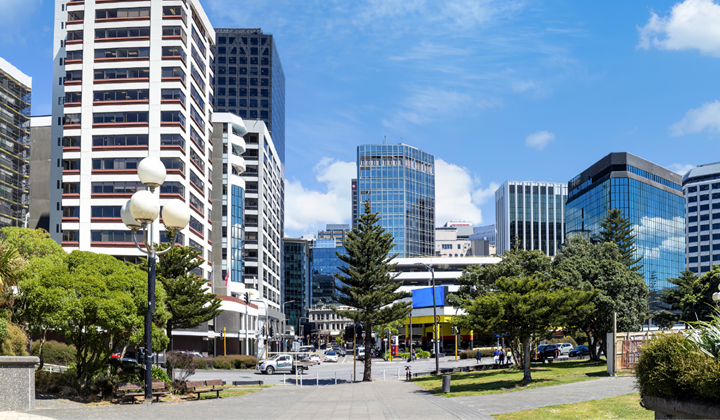

Sustainability gap highlights opportunities in office and industrial real estate
CBRE’s latest commercial property research reveals a clear disconnect between occupiers’ sustainability goals and the performance of their leased buildings.
For example, among Auckland’s top 100 prime office tenants, 78 have greenhouse gas reduction targets and 49 are committed to net zero – yet only 77% of their combined 325,000 sqm of space is in certified sustainable buildings (Green Star or NABERS).
The gap is even wider in the industrial sector. Of the 100 largest occupiers, only 16% of the 928,000 sqm they occupy is in sustainable premises, despite 59 having emissions targets and 28 pursuing net zero.
Why does this matter?
As more organisations prepare for mandatory climate‑related reporting and near-term 2030 targets, demand for better‑performing buildings is expected to rise.
For real estate agents, this poses a chance to guide clients toward sustainable commercial spaces that may offer greater long-term value.
What’s driving occupier choices?
CBRE’s Zoltan Moricz, Executive Director and Head of Research, notes that while sustainability is a top priority, occupiers also weigh building efficiency, layout and transport access.
This means green credentials alone may not seal the deal – but are increasingly critical as part of the overall package.
Implications for sellers and landlords
- Certified green buildings could command quicker leases and stronger tenant demand.
- Upgrading properties may offer a competitive edge, especially in premium office and industrial markets.
Implications for buyers and occupiers
- Financing options may be more favourable for environmentally responsible assets.
- Having a mortgage adviser involved early can help structure debt solutions aligned with green investment goals.
If your clients are exploring sustainable property options and want help understanding how that might affect their finance, please introduce us.
